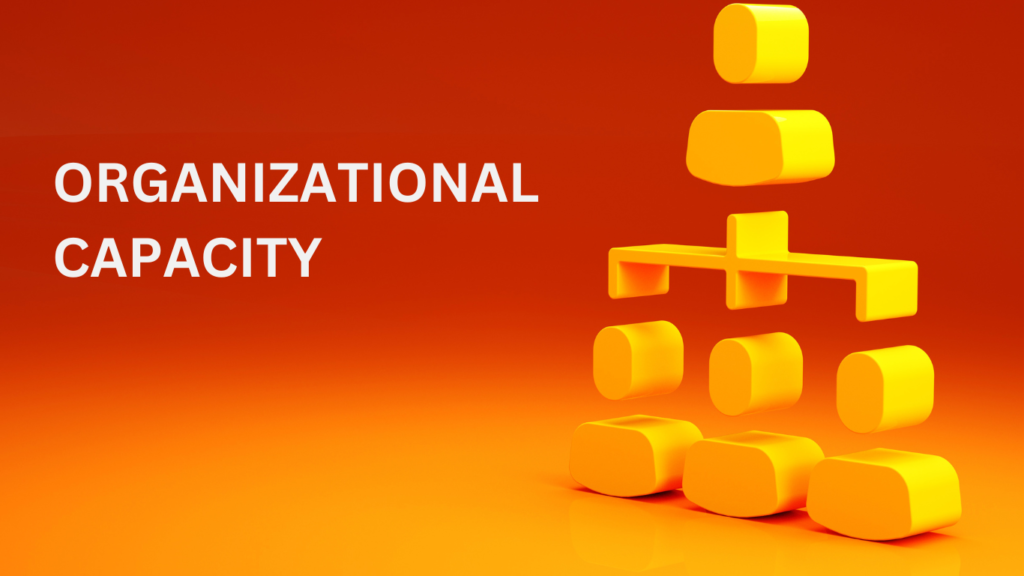
I recently spoke at a conference in Chicago on the topic of Navigating Bold Communication where the topic of Diversity, Equity and Inclusion were not the lead language desired. Instead the focus was on what makes us different and how we can boldly communicate in sometimes challenging conversations despite our differences without needing to turn to human resources for support. It was such a refreshing environment to work with a group who would like to avoid the need to reach out to the corporate mommy and daddy to facilitate how this should be done.
It was during that conference that I began to consider all the ways I am different and how all of us are different from one another along with those ways in which we are similar. That consideration brought me to ponder how differently we each address our capacity for change, learning, leading, and by being curious regarding what we don’t know of one another.
In this month’s blog as we celebrate the American Indian Heritage, I’m struck by how much change we have experienced in this country since 1776 when the US was renamed from its original, “United Colonies.” While the notion of “united” has wavered over time, there continues to be an effort to find new ways to reunite as we also continue to navigate our differences.
It all comes down to capacity for me and so goes what that means about our ability and aptitude to lead well. We all bring different skills, abilities and points of view to how we get work done. That is also true regarding how we lead.
So this month, I want to focus on how we can find ways to expand our capacity to lead, be open and curious about one another and ultimately remind ourselves that we can always learn more, grow more and lead more effectively as we flex our capacity to fit the needs presented to us at any given moment.








